How To Make Biochar for Improved Garden Soil
The soil in my backyard and I have been spending quite a bit of time together lately. I’ve realized that it has been neglected and needs some TLC before I plant my vegetable garden this year.
After reading all about how to improve your garden soil, I discovered the magic of biochar. It can be kind of expensive to buy, so I’m excited to show you how to make biochar for yourself. This post contains affiliate links.
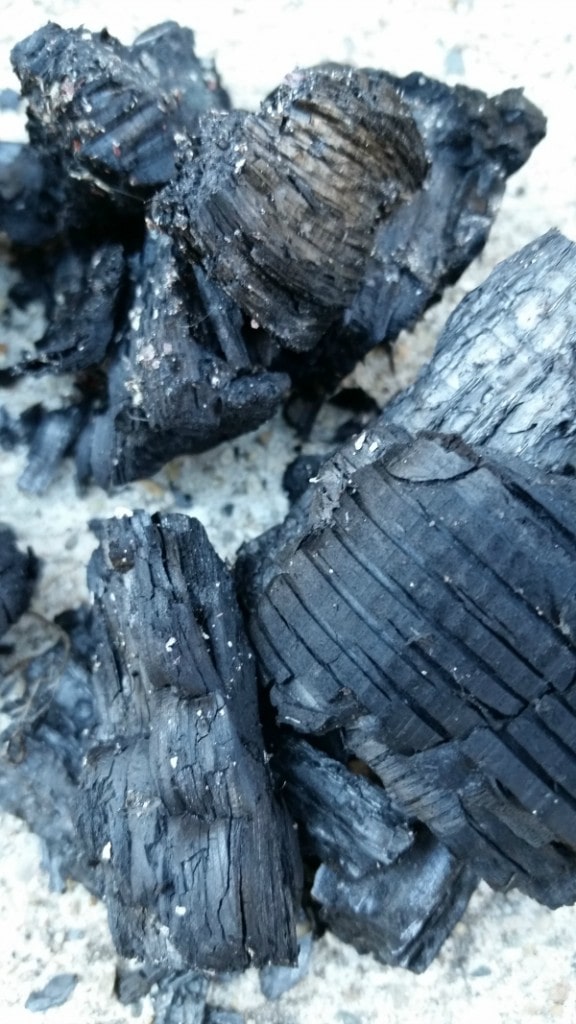
What is biochar?
You might be wondering what the heck biochar even is… well, it’s actually the politically correct term for charcoal. But unlike the stuff you’d throw in a grill, biochar has no chemical additives. (Nothing to aid in ignition or anything like that.)
Why do I want biochar in my dirt?
Garden soil is a lot like our intestines. It’s full of microbial life and has tons of surface area. You’ve probably heard some version of an analogy for the size of human intestines like your intestines are the length of a football field or something similar. While that isn’t quite accurate, it’s not quite wrong either.
The length of our intestines is about 25-30 feet. But the surface area of human intestines is about the size of an entire tennis court! All the folds in our guts allow for a massive amount surface for the of absorption of nutrients. Soil also has an incredible amount of surface area if you think about each tiny particle and its surface.
As for the microbial life, we need a plethora of healthy gut flora (that’s what we call all those little living bacteria friends) to survive. Some help digest the foods we eat. Some actually “poop” out vitamins that we wouldn’t otherwise have. The same is going on in the soil with plants. Plants and soil microbes are relying on each other for certain nutrients.
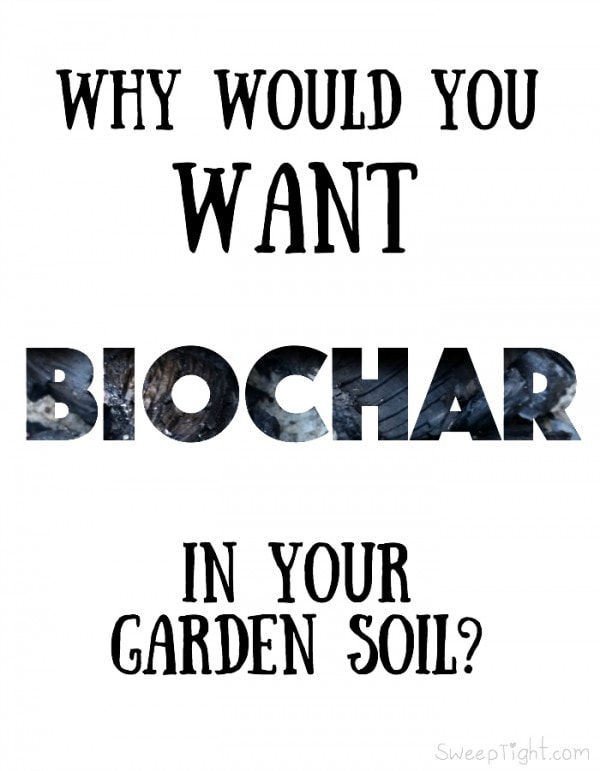
This brings me to why you want biochar in your garden… Biochar has no nutritional value but dramatically increases the surface area available to all those great little soil microbes. It’s like adding billions of appealing apartment complexes to the area around your plants that can house little nutrient producers to help nourish the plant.
Imagine how many people you could fit into the lines of one parking space. Maybe 20 if they were all standing really close together? Now imagine if that parking space had thousands of platforms for people to stand on. You could fit exponentially more just because of the increased surfaces.
That’s what biochar in the soil does. It provides valuable real estate for healthy soil microbes. You see, these microbes need space. Think of what a coral reef does for an ocean otherwise void of surfaces for life to live on. (If you look at biochar under a microscope, it actually looks a lot like coral.)
When they grow, they bump into each other and compete for space and nutrients, causing them to produce agents that prevent the growth of their neighbors. (This is actually where we get many of our antibiotics.)
But when you increase their living space, not only do you have more of each, but you are able to have more of a variety. Where does the variety come from? COMPOST! I freaking love compost and you can read all about that here.
Once you’ve got all your rich compost to mix into the soil, you need to make sure there is enough ‘room’ in your soil for all those wonderful microbes that your plants need to thrive. It also helps keep them from washing away.
You can either purchase biochar to mix into your garden soil, or make your own. Once you get the hang of making it, it’s super easy using the trench method. There are other methods, but this is the one I am most familiar with.
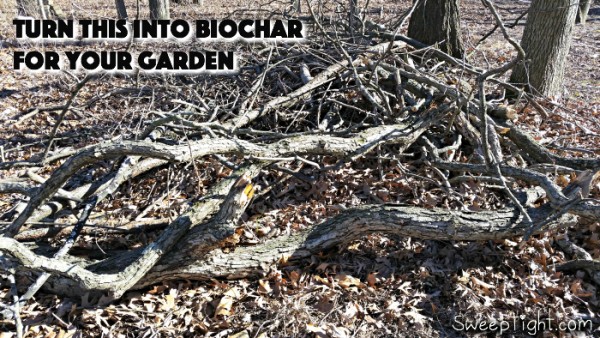
How to make Biochar
Trench method:
- Dig a trench about 12″ deep.
- Lay DRY (woody) materials flat and burn.
- Once the smoke thins out, shovel 1″ of dirt over the burning materials. This will decrease the amount of oxygen feeding the fire so charcoal is produced instead of ash.
- Once the charcoal stage is reached, use water to extinguish the fire.
- Mix your homemade biochar into your garden soil.
Once you’ve got biochar in your soil, add your compost and let it sit for as long as you can before planting. It is recommended that up to 10% of your soil can be comprised of biochar.
Remember–while biochar is charcoal–don’t just throw the stuff from your grill into your soil unless it’s completely organic and without harsh chemicals. You do not want igniting agents in your garden!
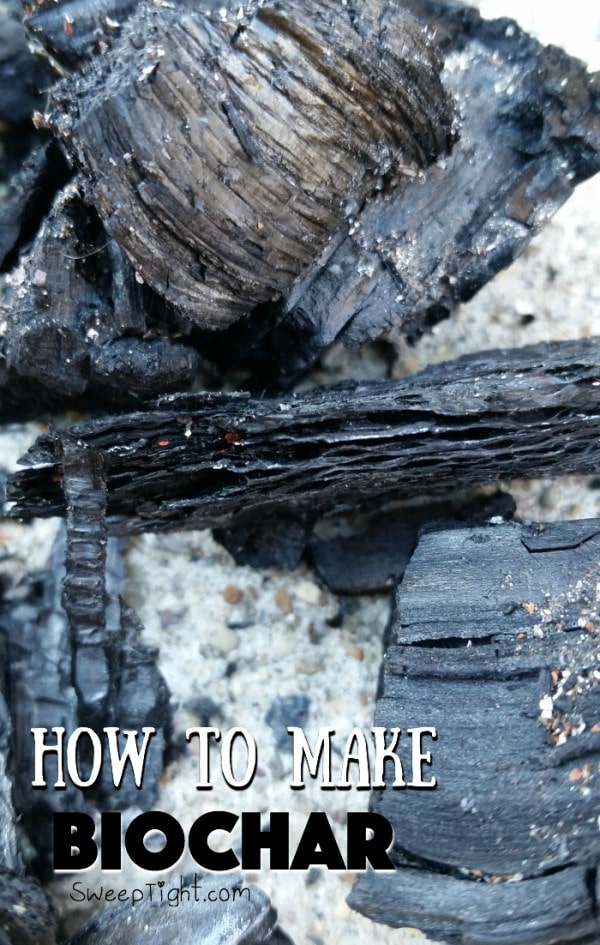
For other methods on how to make biochar, check out this book: The MiniFarming™ Guide to Composting. He shows you (with great pictures) how to make biochar in a wood stove along with other methods.
Yard and Garden Posts:
- Plants that repel mosquitos while beautifying your yard.
- Upcycle and use garbage in the garden with common household things.
- The best faucet connector to wash your hands outside.

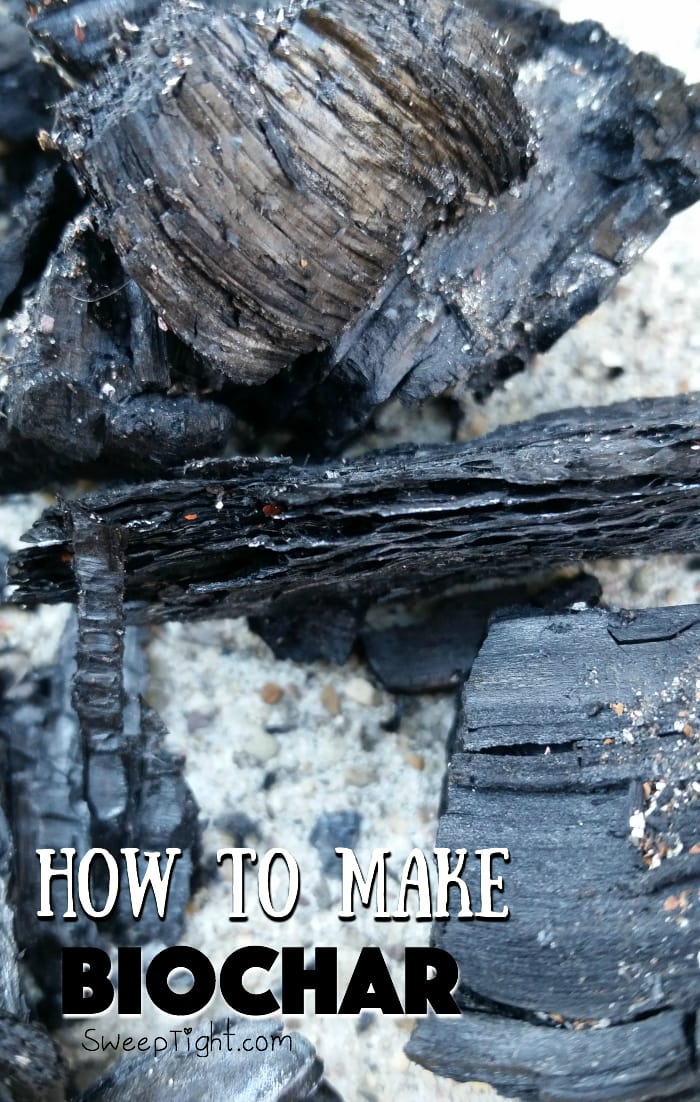

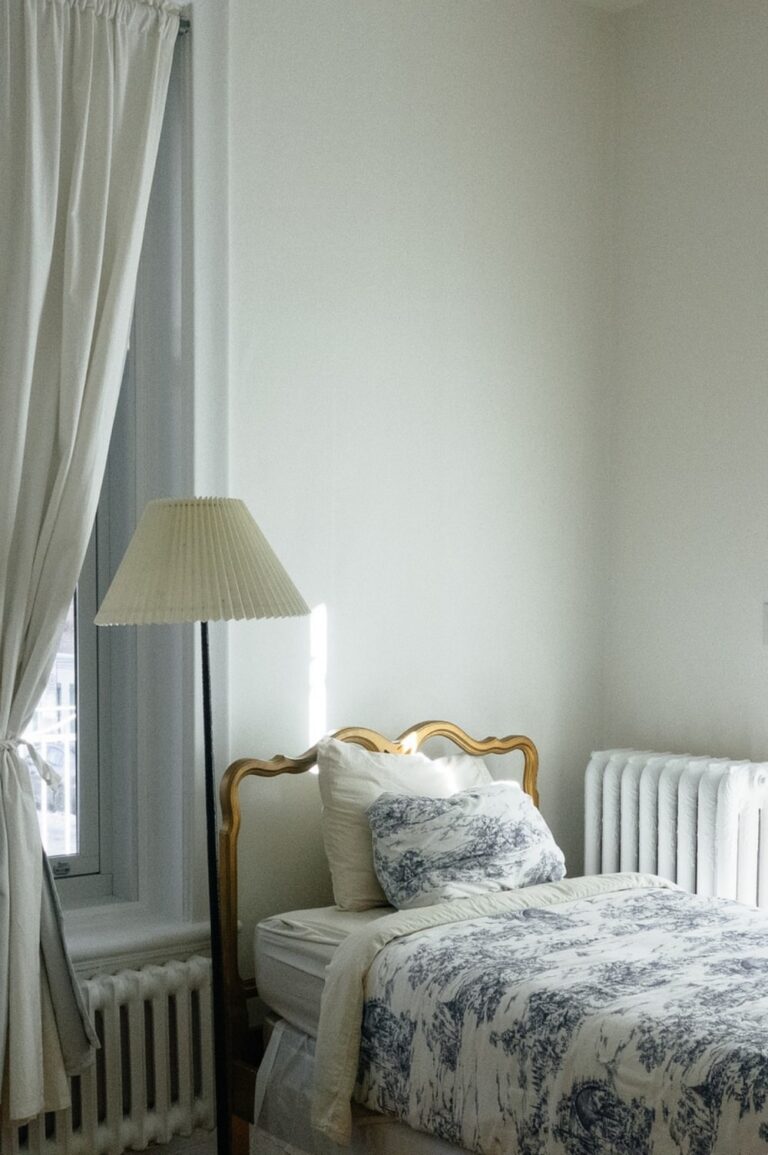

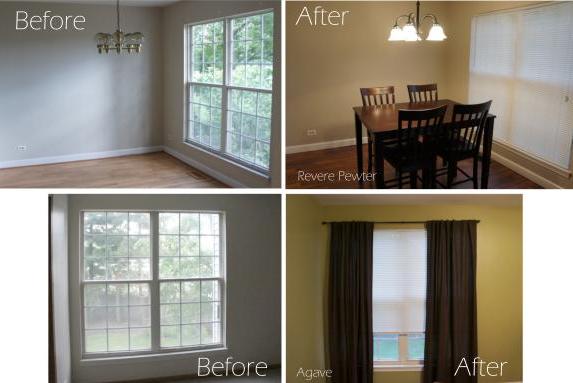
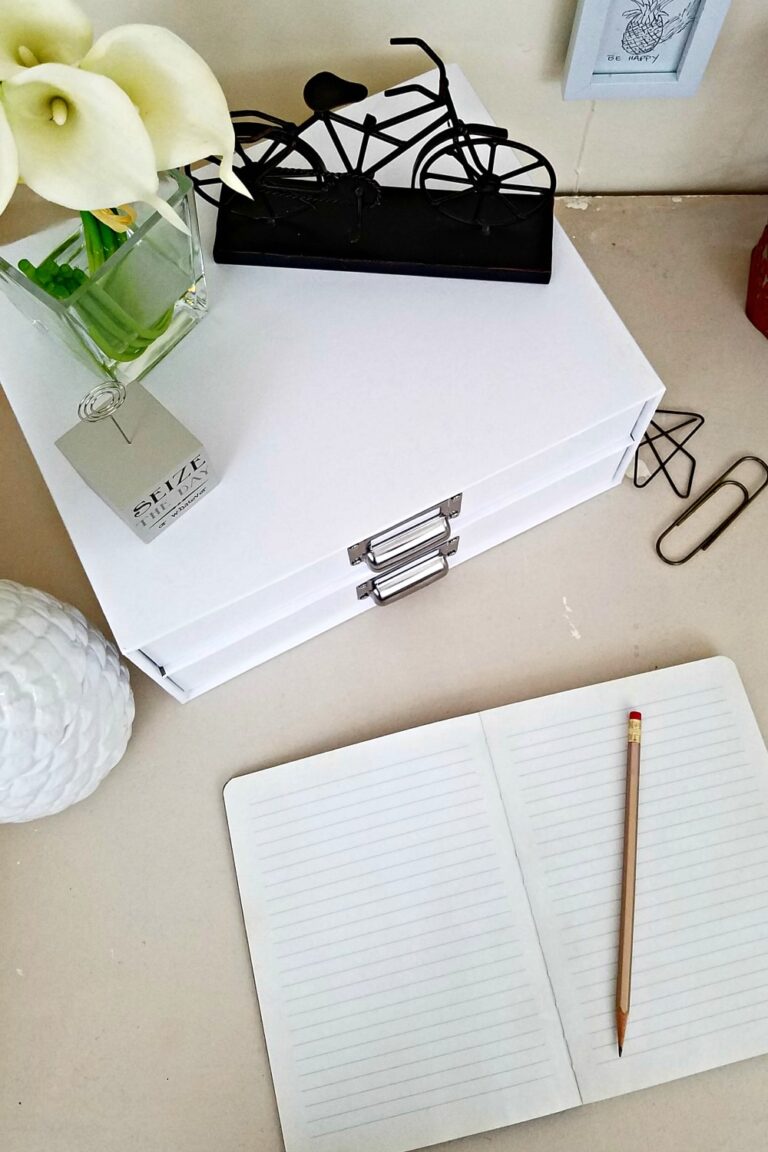
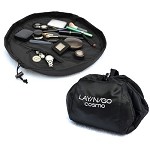
That’s very interesting. Nothing I could use since I live in a townhouse, but I will tell a friend about it.
We have a woodburner, and I do add ash to our soil. You do have to be careful though because if you add too much it changes the Ph. I have beautiful tomatoes every single year I think from not only composting but by adding the char. Oddly the tomatoes are sweeter and HUGE compared to the neighbor;s who cant figure it out.
Hi Ellen!
Yes, so true about the pH. And yeah, we had squash grow to be giants with the compost/char mix. Like CRAZY GIANT! 😀 So fun!
Not having the space or city ordinance that would allow this I wonder, is the wood charcoal sold for grill basically bio-char and could I use that? Obviously not the stuff treated with “starter” – which I never buy anyway.
Hi Margot!
Excellent question! As long as it’s not treated with any chemicals, it should be fine! 🙂
This is SO neat! Thanks for the tutorial, will definitely be using it!